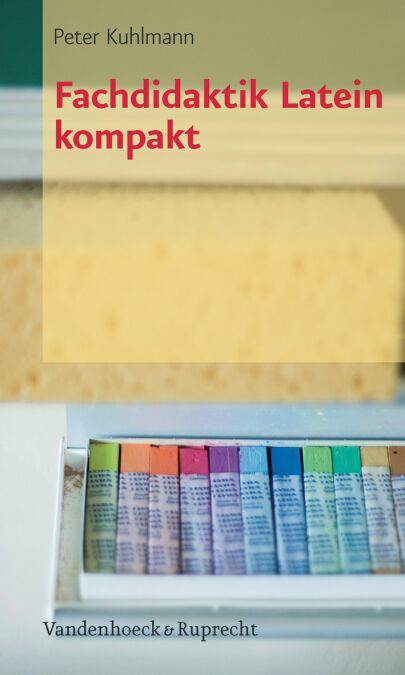
- Afhalen na 1 uur in een winkel met voorraad
- Gratis thuislevering in België vanaf € 30
- Ruim aanbod met 7 miljoen producten
- Afhalen na 1 uur in een winkel met voorraad
- Gratis thuislevering in België vanaf € 30
- Ruim aanbod met 7 miljoen producten
Zoeken
Omschrijving
Der Lateinunterricht erfreut sich steigender Beliebtheit bei Schülern und Eltern an Gymnasien und Gesamtschulen: Noch nie haben in Deutschland so viele Schüler Latein gelernt wie heute. Dies bringt zugleich neue Herausforderungen für den Lateinunterricht mit sich wie etwa stärkere Binnendifferenzierung im Unterricht, Kompetenzorientierung und didaktische Einflüsse der modernen Fremdsprachen, den immer früher beginnenden Lateinunterricht parallel zum Englischunterricht sowie den Einsatz von PC und Internet zur Unterstützung des Lernprozesses. Das vorliegende Handbuch greift auch diese neuen Entwicklungen und Herausforderungen für die Lateindidaktik auf und macht sie insbesondere für die Lehramtsausbildung fruchtbar. Es führt in die zentralen Fragestellungen, Inhalte, Methoden und Probleme der aktuellen lateinischen Fachdidaktik sowie des Lateinunterrichts ein.Ein Schwerpunkt liegt auf der Sprachdidaktik: Traditionelle Themen wie Grammatikunterricht, Wortschatzarbeit, Übersetzungs- und Texterschließungsmethoden werden praxisorientiert mit aktuellen Entwicklungen des Lateinunterrichts verbunden: Kompetenzorientierung, Portfolio-Arbeit und Einsatz neuer Medien. Die jeweiligen Themen werden zum einen theoretisch knapp erläutert und reflektiert und zum anderen mit praktischen Beispielen illustriert. Für die unterrichtsrelevanten Fragestellungen bietet das Werk in knapper Form Vorschläge zur unterrichtspraktischen Umsetzung.
Specificaties
Betrokkenen
- Auteur(s):
- Uitgeverij:
Inhoud
- Aantal bladzijden:
- 158
- Taal:
- Duits
Eigenschappen
- Productcode (EAN):
- 9783647995090
- Verschijningsdatum:
- 22/05/2012
- Uitvoering:
- E-book
- Formaat:
- ePub

Alleen bij Standaard Boekhandel
+ 20 punten op je klantenkaart van Standaard Boekhandel
Beoordelingen
We publiceren alleen reviews die voldoen aan de voorwaarden voor reviews. Bekijk onze voorwaarden voor reviews.











